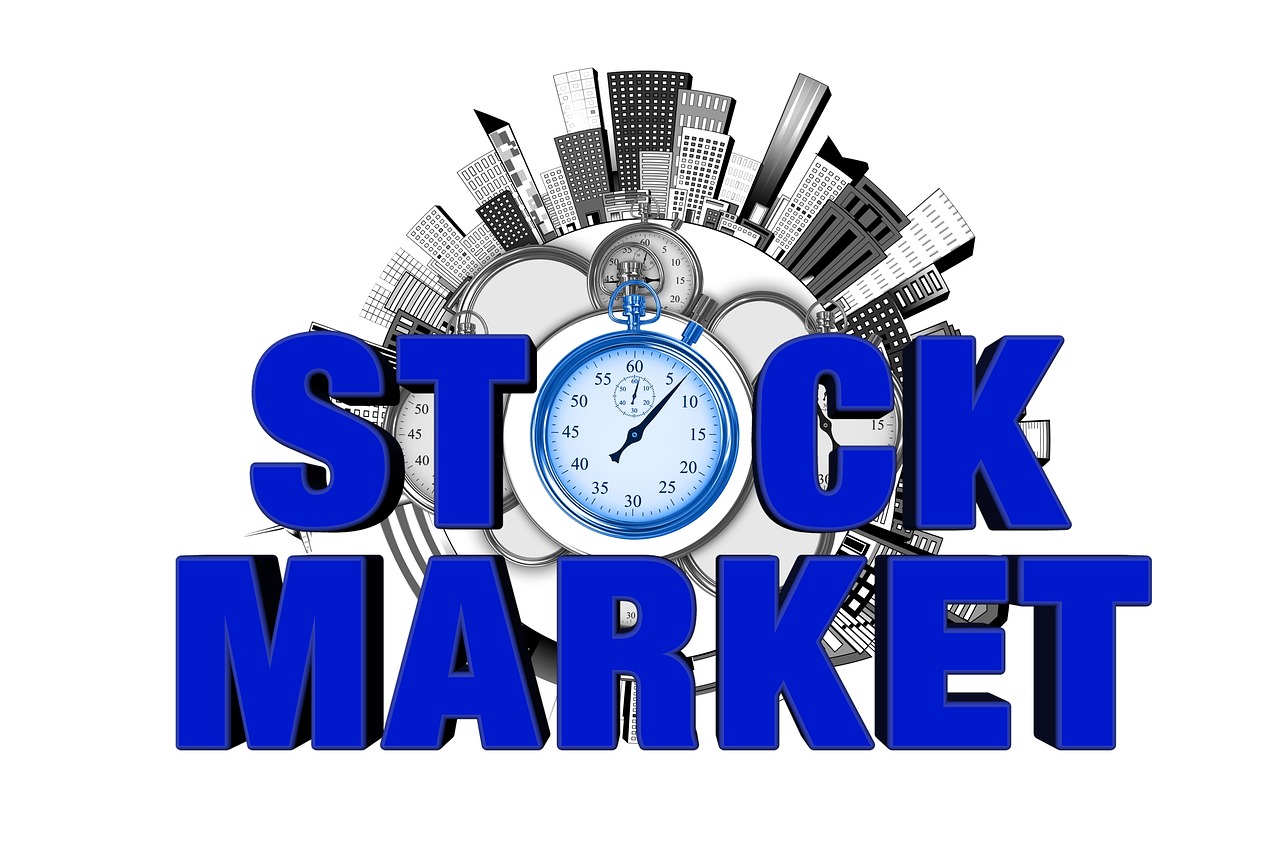Wall Street’s valuation mechanisms can sometimes seem like a high-stakes bluff, where perceptions and speculation often overshadow fundamental value. The case of Trump Media & Technology Group (TMTG) is a compelling example, with its $8 billion valuation raising eyebrows, especially considering the company’s limited tangible assets. TMTG, which operates the social media platform Truth Social, has seen its valuation driven more by public interest and political fervor than by traditional assets or cash flow, prompting questions about whether Wall Street is, in this case, propping up a façade. When assets or revenues don’t back a company’s sky-high valuation, some argue that Wall Street’s investment culture is more about selling perceptions than analyzing true value.
The valuation of TMTG has largely been driven by its association with former President Donald Trump and the ideological appeal of an alternative social media platform. This makes TMTG’s market presence somewhat unique: rather than conventional indicators like revenue or profitability, the valuation appears tethered to public figures and cultural momentum. In the case of TMTG, some investors seem motivated more by a symbolic alignment with ideological beliefs than by a calculated assessment of financial performance or potential. This raises an interesting question—how sustainable is a valuation driven by ideological support rather than traditional business fundamentals?
Adding to the confusion, there is speculation that stock prices might be manipulated to create an illusion of value. Market manipulation can take many forms, from insider trading to pump-and-dump schemes, and regulators like the SEC are wary of any moves that might deceive investors. TMTG has faced scrutiny as its valuation appeared to surge without the backing of significant financial assets, indicating that Wall Street may be more susceptible to influence and volatility in politically charged stocks. If these suspicions are correct, it suggests that hype can outpace reality on Wall Street, leaving investors vulnerable to risky bets.
Wall Street’s appetite for high-risk ventures often involves speculative bubbles, and TMTG’s valuation appears to mirror some of these past market patterns. While tech companies with intangible assets—such as social media platforms—often command significant valuations, TMTG’s situation is different, as it lacks not only robust assets but also substantial market traction. Comparisons to other tech firms fall short, as those companies typically have user bases or technologies that offer growth potential. TMTG’s valuation thus seems to hinge on ephemeral factors, calling into question whether Wall Street’s hype machine is just bluffing.
In the broader context, TMTG’s valuation highlights the need for greater transparency in Wall Street’s valuation processes. Investors may be better protected if stricter requirements around transparency, financial disclosure, and corporate governance are implemented, especially for companies with limited assets. The TMTG case could become a cautionary tale, prompting reforms that help protect investors from hype-driven valuations and ensure that companies seeking capital are backed by real assets and sustainable business plans. Whether TMTG proves successful or not, the risks inherent in such speculative valuations point to an ongoing challenge in Wall Street’s valuation practices.
#Trump #stocks #SEC





